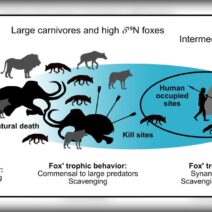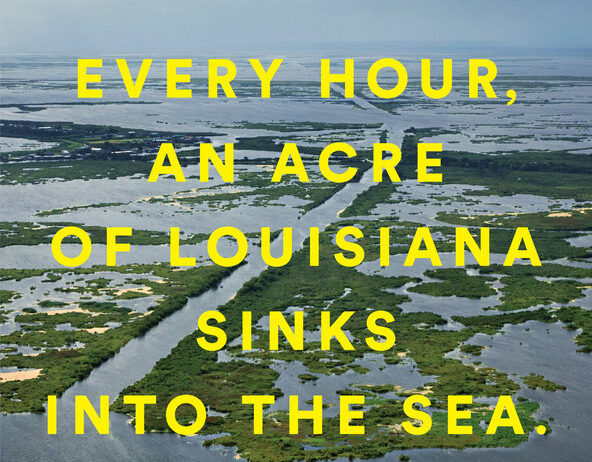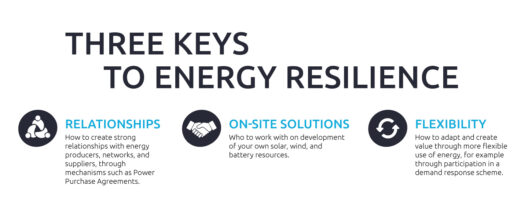Delmarva, a peninsula nestled between the Chesapeake Bay and the Atlantic Ocean, is a region epitomizing America’s rich ecological tapestry. However, as climate change accelerates global warming, Delmarva’s coast is facing an unprecedented crisis. The effects of rising sea levels, increased storm intensity, and temperature fluctuations converge upon this vulnerable landscape, causing Shocking transformations to both its environment and communities. Understanding these dynamics is essential for envisioning a more sustainable future.
The geographical location of Delmarva plays a pivotal role in shaping its vulnerability to climate change. Rising sea levels are primarily driven by thermal expansion of ocean waters and the melting of polar ice. The region has witnessed a sea-level rise of approximately 1.5 feet over the last century, with projections estimating an additional 2 to 4 feet by the year 2100. This precarious trajectory threatens coastal ecosystems, freshwater sources, and human settlements alike.
Marshlands and wetlands, synonymous with Delmarva’s natural beauty, exhibit remarkable biodiversity. They serve as invaluable ecosystems for numerous species, including migratory birds and various fish populations. However, these habitats are now in jeopardy. As sea levels rise, saline intrusion into freshwater systems renders these areas inhospitable for many native species. The once rich mosaic of life is transforming into a barren landscape devoid of the vibrant ecosystems that once flourished.
Moreover, the impact of climate change extends beyond immediate physical changes. As the climate becomes more unpredictable, the region also faces an increased frequency of extreme weather events. Hurricanes and nor’easters are intensifying, leading to heightened flooding and erosion. The cost of infrastructure damage resulting from these storms can be astronomical, burdening local economies that rely heavily on agriculture, tourism, and fishing. The economic implications are profound, necessitating robust policies aimed at disaster mitigation and climate resilience.
Climate change also presents a formidable challenge to Delmarva’s agriculture. Historically, this region has been an agricultural bedrock, with its fertile soil yielding crops such as corn, soybeans, and poultry. However, the changing climate introduces erratic growing seasons, with periods of drought and excessive rainfall disrupting traditional farming practices. Farmers find themselves grappling with reduced crop yields and increased pest pressures, forcing them to innovate through sustainable practices and adaptive measures.
Shifting perspectives on land use and agricultural techniques are imperative to ensure the continuation of this essential sector. Embracing agroecological practices, promoting crop diversity, and incorporating water conservation techniques could serve as bulwarks against climate volatility. Community-supported agriculture initiatives and local food systems can not only enhance food security but also reduce the carbon footprint associated with food transportation.
Yet, the challenges facing Delmarva do not solely revolve around ecological and economic impacts. The sociological ramifications are equally profound. The region is home to numerous communities whose cultures are intricately intertwined with the land and sea. As these coastal areas erode, entire communities face displacement—a phenomenon known as climate migration. The heartbreaking reality is that residents may have to abandon homes and ancestral lands, leading to a loss of cultural heritage and community identity.
To combat these existential threats, it is vital to foster a collective commitment to climate action. Local governments, nonprofits, and community organizations in Delmarva have begun striving towards reducing greenhouse gas emissions and transitioning to renewable energy sources. Emphasizing wind and solar energy can help diminish reliance on fossil fuels while creating green jobs that promote economic resilience.
This regional discourse is further amplified by the collaboration among stakeholders in addressing climate impacts. Engaging the local populace in conversations about climate resilience fosters a culture of awareness and proactive engagement. Furthermore, educational programs centered on environmental stewardship can inspire younger generations to become advocates for change, championing initiatives that celebrate Delmarva’s unique ecological identity.
Technological innovations also play a crucial role in alleviating the repercussions of climate change. Advancements in predictive modeling provide invaluable insights into future climate scenarios. By harnessing satellite data and geographic information systems (GIS), policymakers can make informed decisions on land-use planning and resource management. Additionally, new technologies in sustainable farming and water management systems can bolster the resilience of both agriculture and communities against impending climate threats.
Ultimately, Delmarva’s struggles reveal a microcosm of a larger narrative: the global battle against climate change. As this region grapples with ecological degradation and socio-economic instability, it serves as a poignant reminder of the urgency to act. By re-evaluating our societal values and prioritizing environmental stewardship, there is potential not only to safeguard the delicate ecosystems of Delmarva but to cultivate a paradigm shift that could reverberate throughout the nation.
The journey ahead is fraught with challenges, yet it also holds opportunities for renewed connection with the land and community. By embracing innovative solutions, fostering collaboration, and embedding resilience into the fabric of local culture, residents of Delmarva can emerge as leaders in climate adaptation. As we peer into the future, the resilience of this storied region can ignite a beacon of hope amidst the darker narratives surrounding climate change, inspiring others to undertake similar journeys of transformative action.







